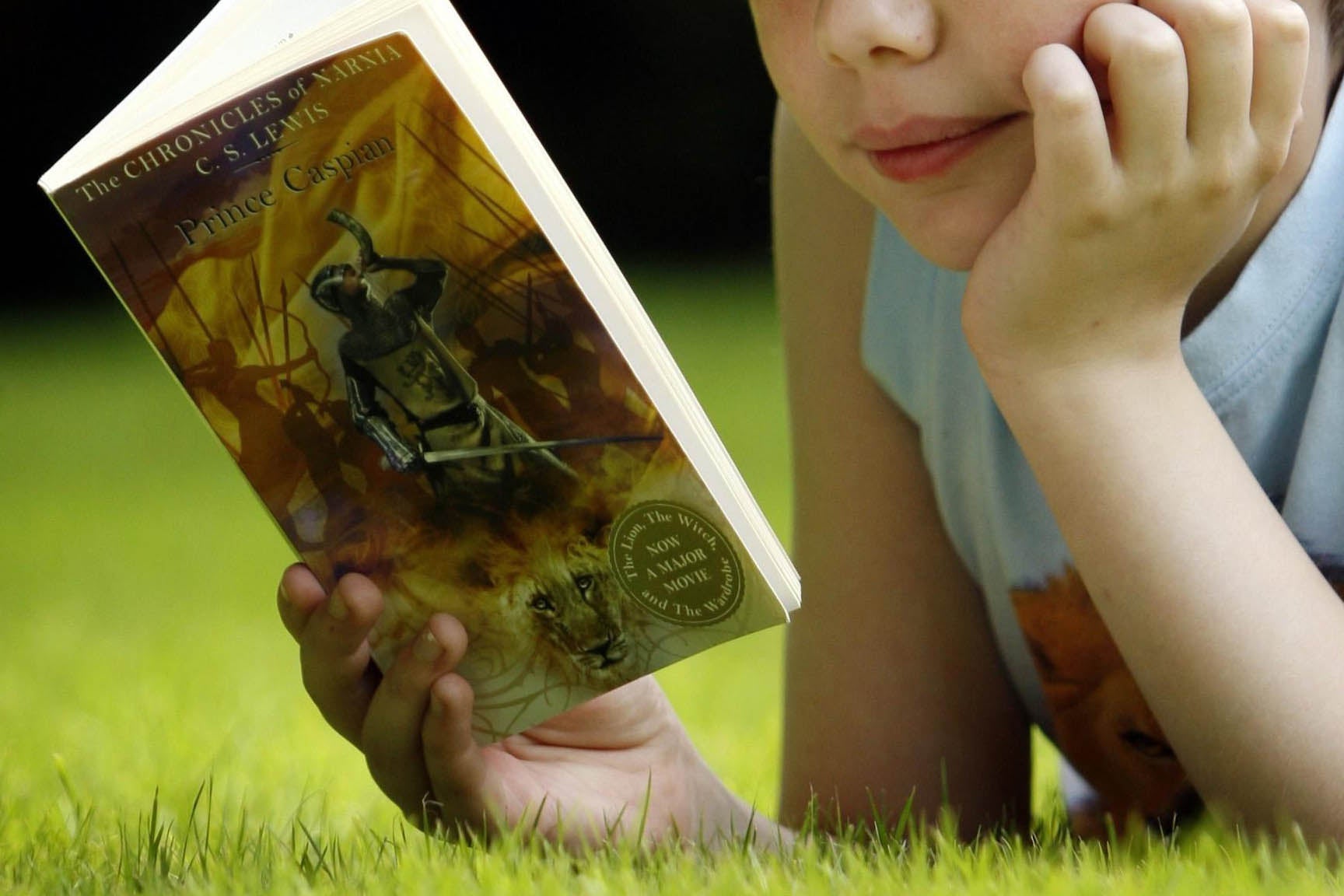Children’s books still dominated by male characters, study finds
Researchers found that gender bias is higher for fiction featuring non-human characters than for fiction with human characters

Children’s books are still dominated by male characters, according to new research.
An analysis of thousands of children’s books published over the past 60 years suggests that, while a higher proportion of books now feature female protagonists, male protagonists are “persistently” overrepresented.
Study lead author Doctor Stella Lourenco said: “A large body of evidence points to a bias in male versus female representation among protagonists in children’s books published prior to 2000.
“However, evidence is lacking as to whether that bias has persisted. In addition, it has been unclear which factors, such as author gender, may be associated with male versus female protagonists.”
To help clarify whether gender bias still exists in American children’s literature, the research team conducted a statistical analysis of the frequency of male compared to female protagonists in 3,280 books, aimed for audiences up to the age of 16 and published between 1960 and 2020.
They selected books that can be bought online in the United States, either as hard copies or as digital books, and primarily written in English.
To enable direct comparison of the rates of appearance of male versus female central characters, they focused on books featuring a single central protagonist, and also only included books for which the gender of the book author was identifiable and matched for all authors if there was more than one.
Dr Lourenco, associate professor of psychology at Emory University in the US, said: “The analysis found that, since 1960, the proportion of female central protagonists has increased – and is still increasing – but books published since 2000 still feature a disproportionate number of male central protagonists.”
The researchers also found associations between the ratio of male versus female protagonists and several relevant factors. Specifically, they found that gender bias is higher for fiction featuring non-human characters than for fiction with human characters.
Dr Lourenco said: “Non-fiction books have a greater degree of gender bias than fiction books, especially when the characters are human.
“Books by male authors showed a decline in bias since 1960, but only in books written for younger audiences.
“Books by female authors also declined in bias over time, ultimately with more female than male central protagonists featured in books for older children and in books with human characters.”
She added: “Although male protagonists remain overrepresented in books written for children – even post-2000 – the present study found that the male-to-female ratio of protagonists varied according to author gender, age of the target audience, character type, and book genre.
“In other words, some authors and types of books were more equitable in the gender representation of protagonists in children’s books.
“These findings could help guide efforts toward more equitable gender representation in children’s books, which could impact child development and societal attitudes.
“Future research could build on this work by considering reading rates of specific books, as well as books with non-binary characters.”
The findings were published by the journal PLOS One.
Join our commenting forum
Join thought-provoking conversations, follow other Independent readers and see their replies
Comments
Bookmark popover
Removed from bookmarks